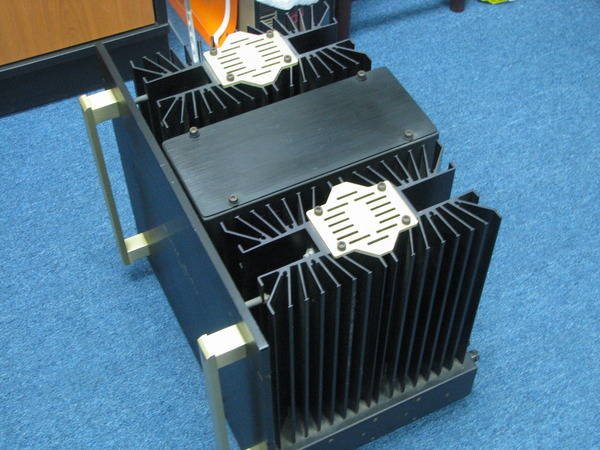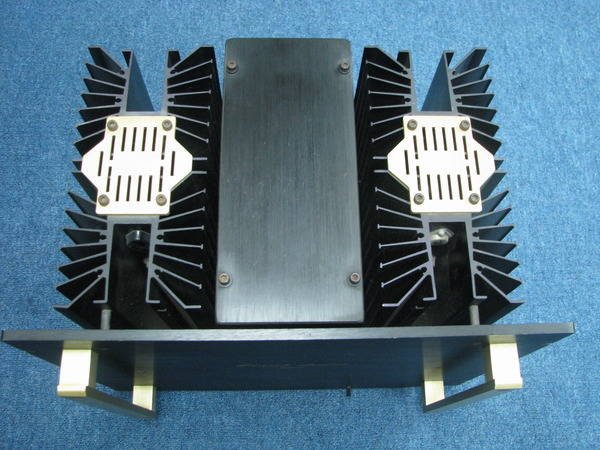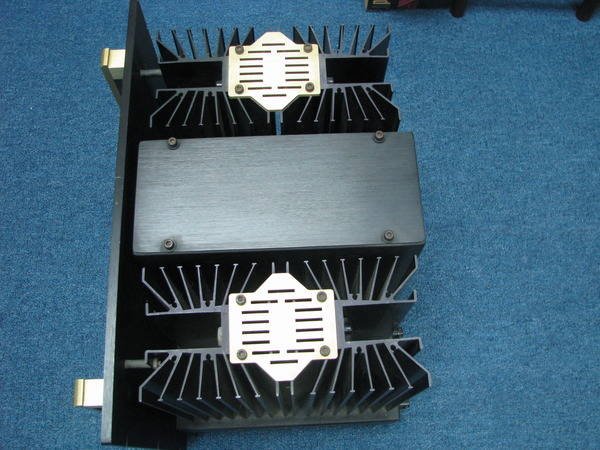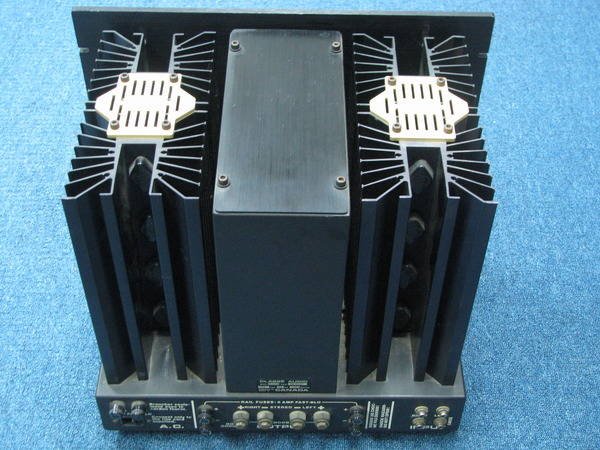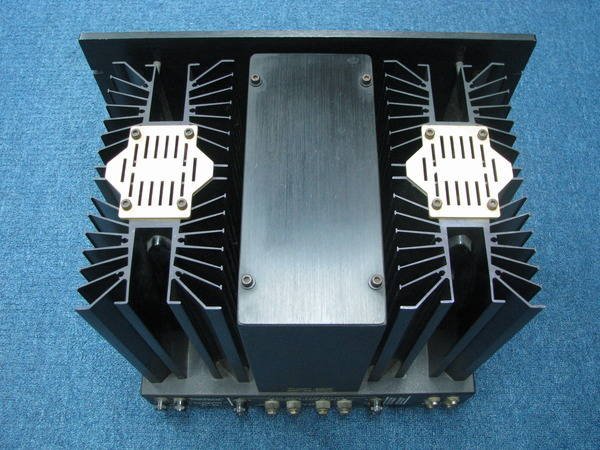I have a question about Class A amplification vs A/B. Some amps I’ve owned were Class A up to a certain point, then would switch to A/B operating mode. Others were Class A entirely and even though the Class A amps were of lower wattage, they still seemed to have the drive of A/B,, but with more density and precision.
So, what might be a comparable “exchange rate” between Class A and A/B? Would a 20 watt Class A amp have the same driving power as say a 100 watt A/B on a 88dB/w loudspeaker?
Thanks in advance.
So, what might be a comparable “exchange rate” between Class A and A/B? Would a 20 watt Class A amp have the same driving power as say a 100 watt A/B on a 88dB/w loudspeaker?
Thanks in advance.


